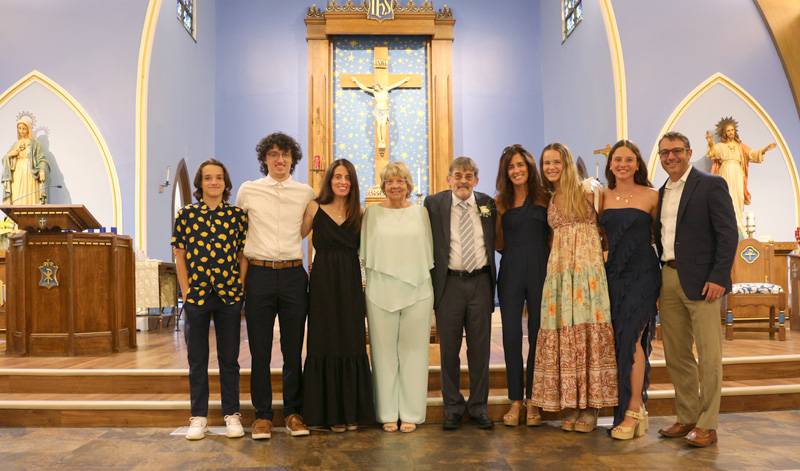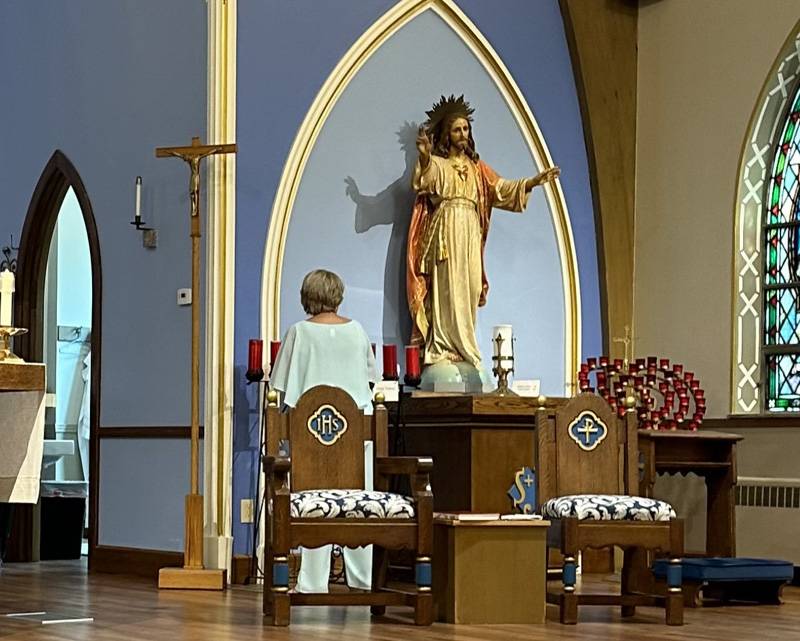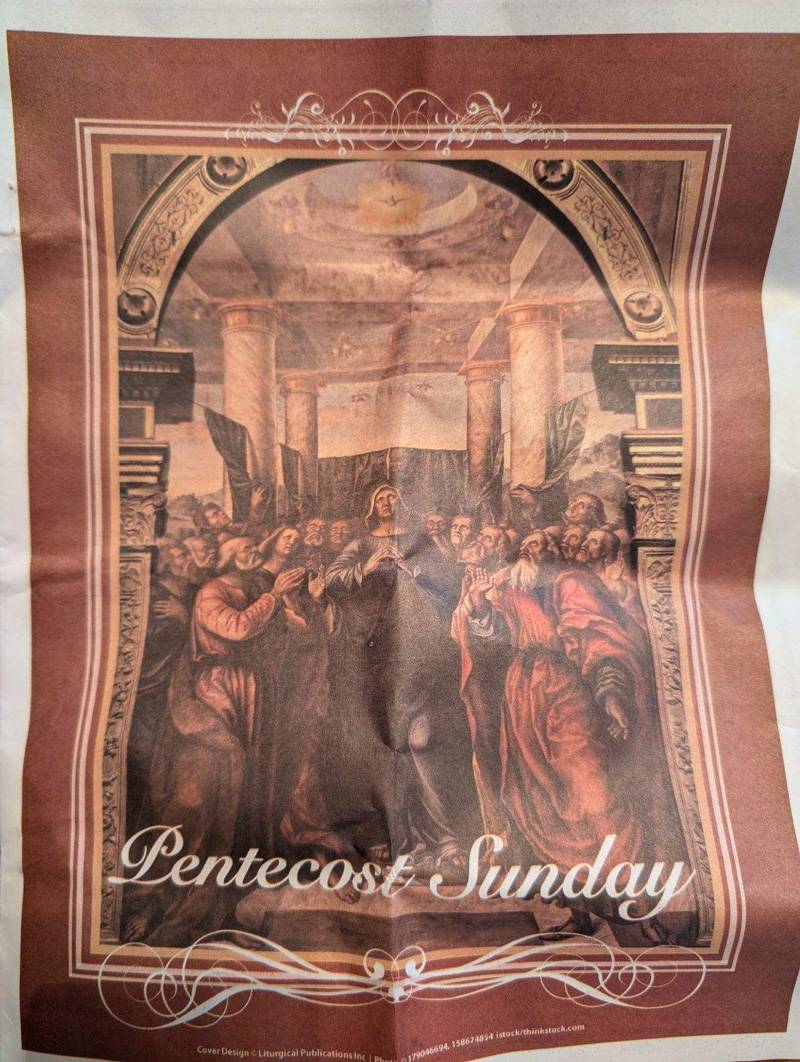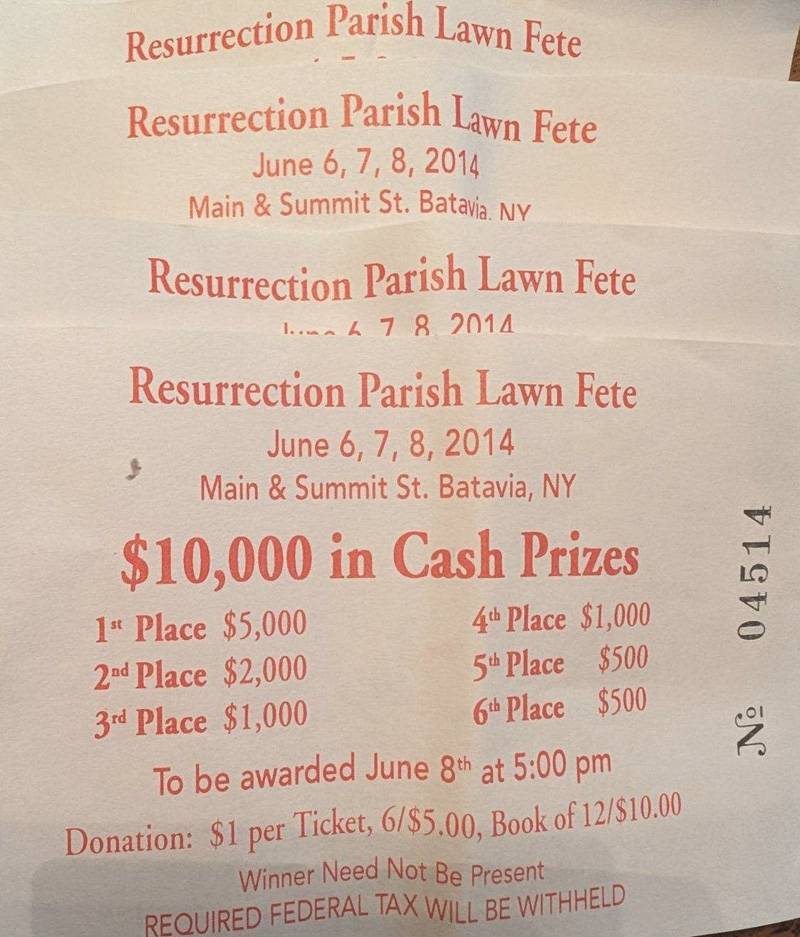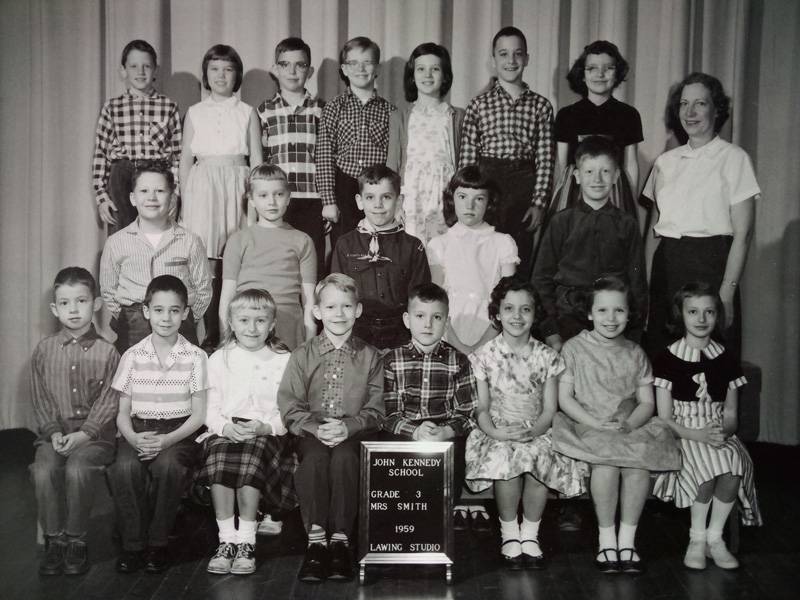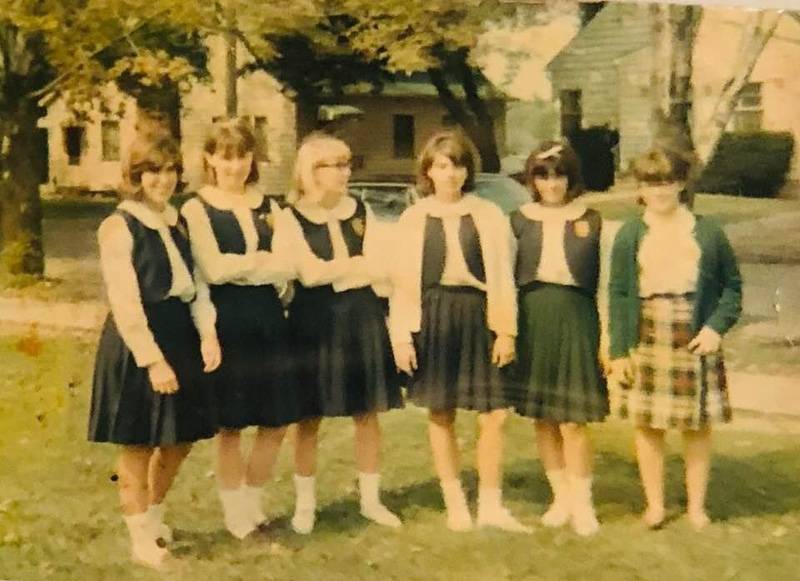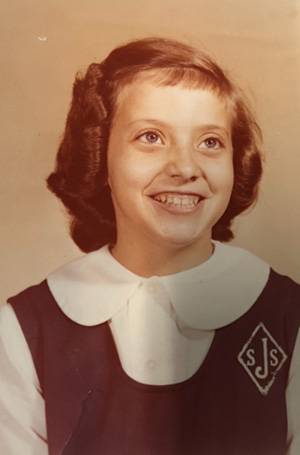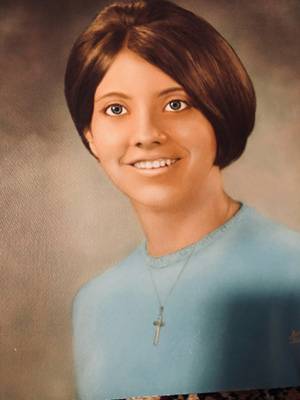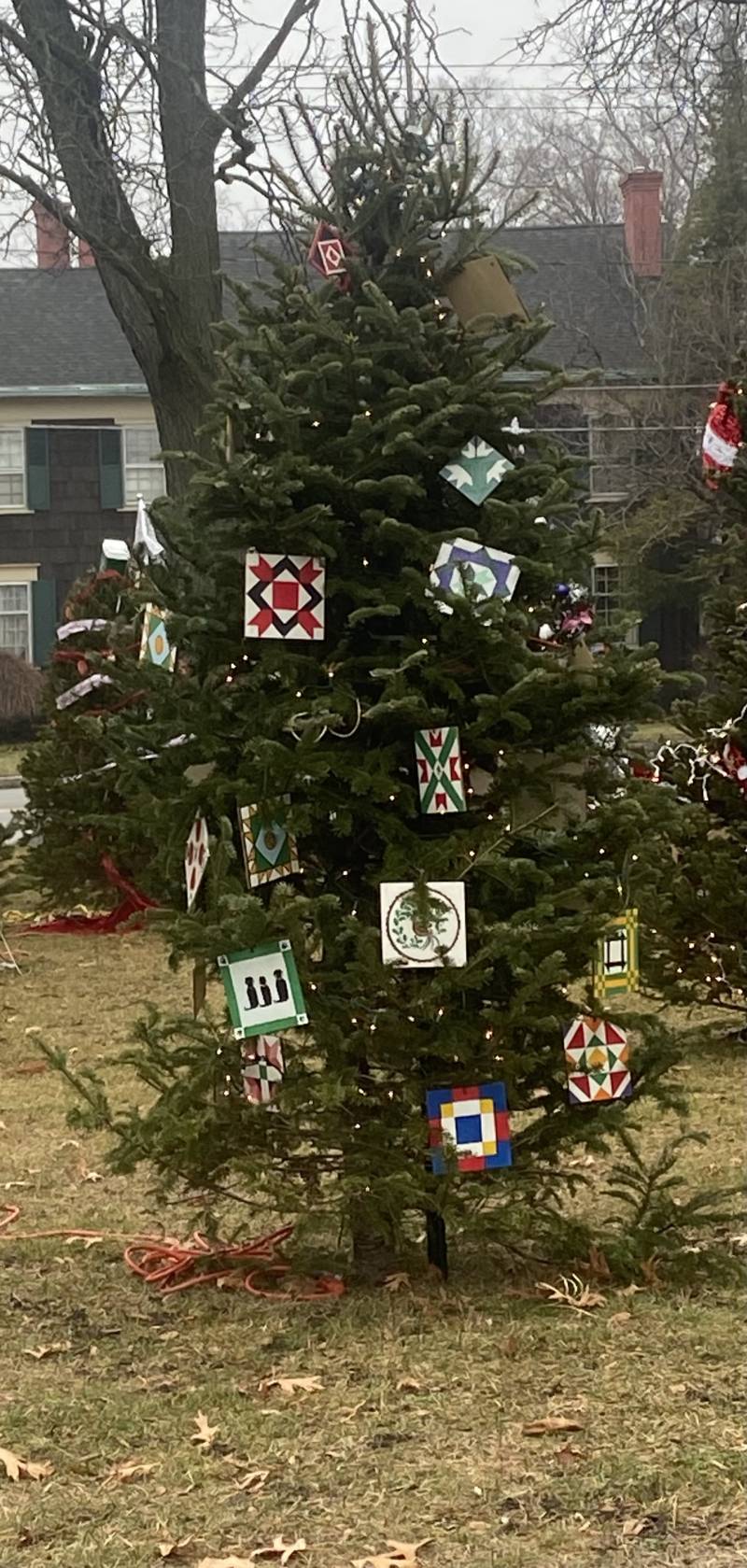Southside's Sacred Heart, a place of faith, family, and community, will be missed
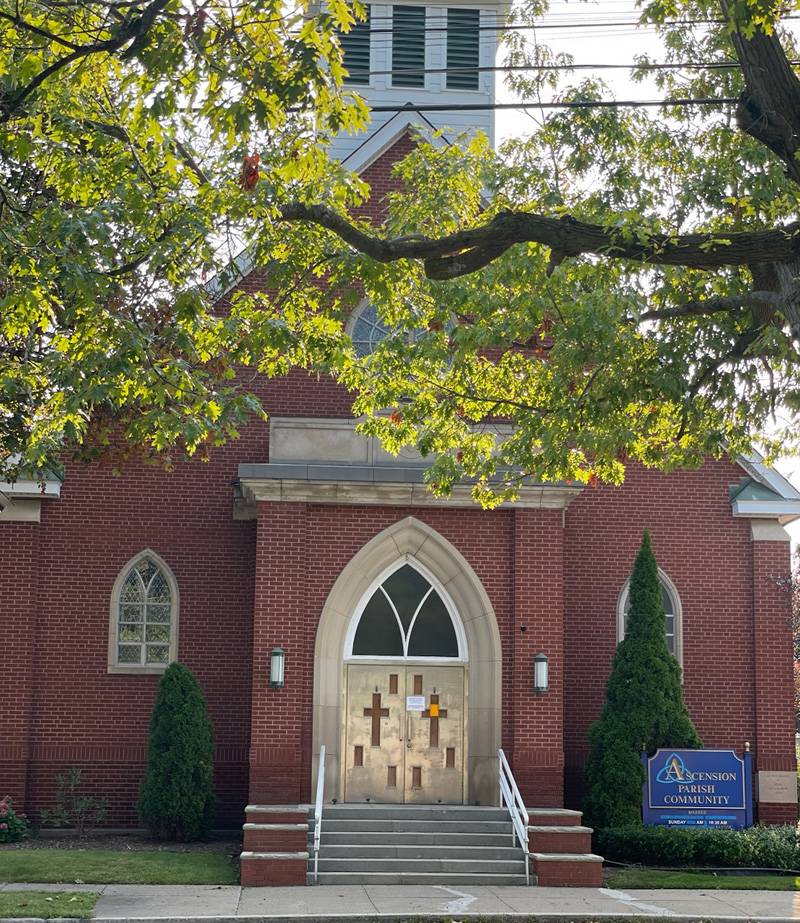
The history of Sacred Heart Church began in 1904 when Reverend Peter Pitass was assigned to organize a new parish that would serve the Polish people on the south side of Batavia.
Father Pitass bought a house on the corner of South Jackson Street. The first floor was rebuilt into a sanctuary, and the second floor was a residence for the priest. A barn was rebuilt for the school.
The parish grew and needed a new home.
In 1917, the Church moved to the corner of Sumner Street and Swan Street. He purchased about half an acre of land on that corner from Edward Suttell, enough for a church, a school and a social hall.
Building materials were so expensive the parish built only the basement. That was then used as a church until a better one could be built.
Starting in December 1928, Reverend Stanislaus Cichowski served as pastor for the next 26 years.
During March 1942, Tonawanda Creek rose in the worst flood in Batavia's history. The Church was underwater for weeks, destroying everything except the cement foundation. Reverend Alexander Jankowski succeeded Father Cichowski in building and rebuilding the Church and school.
In 1954, Reverend Leo Smith blessed the cornerstone of the Church, which was to be built on the foundation that had been in place since 1915.
In 1966, the congregation burned the mortgage they had taken out to fund the Church and surrounding buildings.
There was also a large open play area to hold Sacred Heart’s Lawn Fete in July.
In 1974 the school closed, and the parish men built a large social hall on the north side, transforming the former school building into the Sacred Heart Community Center.
The little Church that took many years to build is now facing the last chapter of its life as the doors will be closed permanently.
When this happens to your church, you lose the memories of baptisms, Holy Communions, Confirmations, weddings, anniversaries, and funerals.
One memory I will always treasure was going to Mass with my father-in-law, Henry Starowitz. I was so proud to walk down the aisle with him. By this time, he was legally blind, but somehow, he would stop at every pew and say hello to a fellow parishioner. He counted the pews.
Sacred Heart is my church.
My Mass was at 4 p.m., and I always sat in the pew near the Paul Starowitz stained glass window. That is where my mother-in-law and father-in-law sat. Most people had a pew they called their pew.
Sacred Heart Church was where I would sit in front of my friend, often called St. Patty. I always looked forward to seeing her at Mass. I would go to the Sacred Heart Statue and light my weekly candles with a Peca-Starowitz tag on my candle.
This church was where our grandchildren were baptized.
The Easter season was when, years ago, a life-sized statue of our lord was laid out on its side during the Easter Vigil. I have to admit that it was a little scary, especially for our daughters.
We loved the Sacred Heart Lawn Fete because it was a lawn fete run by the parishioners. It featured a golumpki dinner, waffles, Polish and Italian sausage, and the best beer tent. My father-in-law was always in the garage, in charge of the money.
Since I live on the south side, I am privy to hearing the real church bells ring five minutes before and on the hour. I tried to imagine that years ago, those bells called churchgoers to church.
I am writing to ask the parishioners to share their memories of the little church on the south side of Batavia. The one thing we all have in common is the sadness we feel. Sacred Heart Church was just remodeled; financially, it is a secure church. Today, I went by the church to take a picture of my church, and a gentleman was mowing the lawn. He looked at me and asked me to hold on; he would move so I could take a picture.
I say this with tears in my eyes and sadness in my heart. Goodbye, Sacred Heart; our loss saddens our hearts.
No one knows the church’s fate and the surrounding building, except we will not have our church on Sumner Street as our church.
